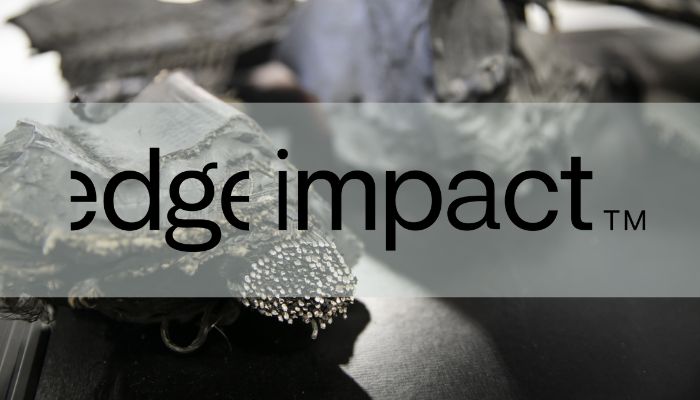

By Christian Keel, Head of Decarbonisation, Circular Economy & Lifecycle Thinking, Edge Impact
At the recent ReGen Conference, I joined the panel discussion “Reaching Double Circularity by 2035 – What Are the Metrics to Show the Case?” and challenged a common narrative: that circularity is just about waste and recycling.
It’s not.
In reality, Circularity is becoming a business imperative, closely tied to risk exposure, market resilience, and long-term returns.
Circularity is No Longer Optional
Recycled content targets are a good start, but they miss the questions that leaders are actually asking:
Circularity is not just about doing the right thing. It’s about future-proofing your organisation in a world of rising material scarcity, carbon constraints, and geopolitical volatility.
Why Most Circular Metrics Still Miss the Mark
Despite growing interest, most circular economy reporting still has significant gaps. Most frameworks rely heavily on material flow data, which doesn’t capture supply risk, embedded emissions, or exposure to volatile markets.
Just as important, there’s still no common language connecting sustainability, procurement, finance, and risk teams. Without that integration, circularity remains siloed and undervalued in strategic decision-making.
Edge Impact’s Business-Aligned Metrics
To make circularity matter across an organisation, we need metrics that resonate with CFOs and procurement leads, not just sustainability professionals. At Edge Impact, we are advocating for a shift toward business-aligned metrics that inform decision-making and support long-term resilience.
Our approach includes:
Supply Chain Circularity Index: Measures how much procurement spend goes to reused, recycled, or remanufactured inputs, not only within operations but across the full supply chain.
Material Dependency Risk Rating: Maps exposure to high-risk, scarce, or price-volatile materials.
Procurement Resilience Score: Assesses supplier diversity, adoption of circular practices, and local sourcing to understand how well an organisation can handle disruption.
Frameworks like ISO 59020, CSIRO’s material risk mapping, and our own circularity scoring work at Edge provide a strong foundation. Now we need to embed them in day-to-day business decisions.
Procurement is the Power Lever
Procurement accounts for 60 to 70 percent of organisational spending. That makes it one of the strongest levers available to shift entire markets towards reused, repaired, and recycled goods.
Circular procurement can:
But this shift will not happen through good intentions alone. It requires clear definitions in tenders, supplier enablement, lifecycle-based cost analysis, and, above all, alignment across teams.
Embedding Circularity into Core Business Strategy
Doubling circularity by 2035 isn’t just a sustainability goal. It’s a resilience strategy.
To achieve it, we need:
And just like with carbon, we need shared data infrastructure to measure, benchmark, and improve.
So, let’s move beyond recycled content as the primary indicator of circularity. Let’s start talking in terms of risk, resilience, and returns. When the metrics are right, the market will move.